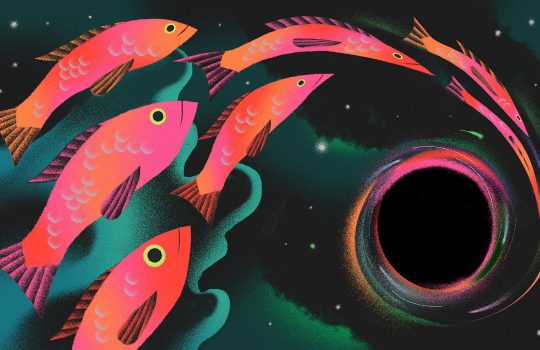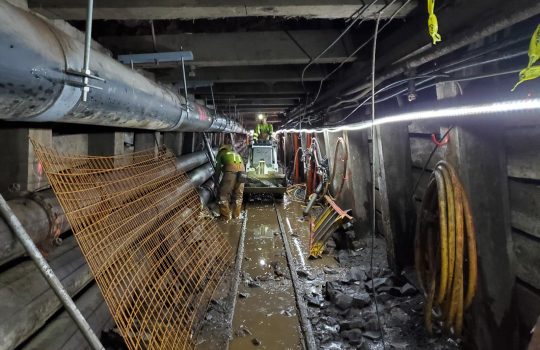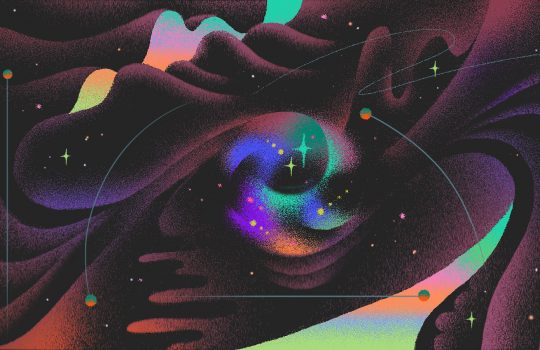Gravity’s waterfall
In recent years, scientists have found ways to study black holes, listening to the gravitational waves they unleash when they collide and even creating an image of one by combining information from radio telescopes around the world. But our knowledge of black holes remains limited. So scientists are figuring out how to make do with substitutes — analogs to black holes that may hold answers to mysteries about gravity and quantum mechanics.




